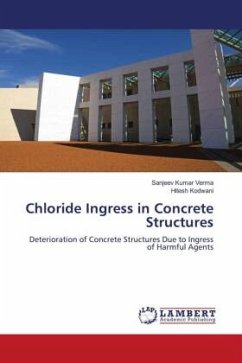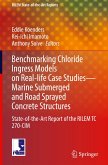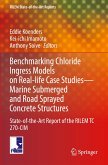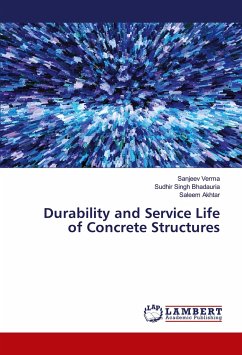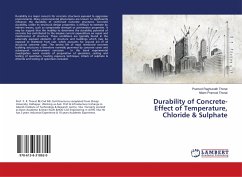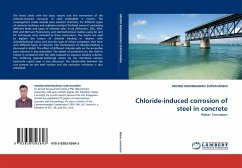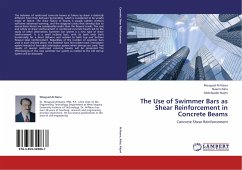Chloride-induced corrosion is one of the most imperative durability issues in a RC structure and causes enormous economic loss to society. For reinforced-concrete structures in aquatic environments, it is known that the wetting-and-drying cycle region is generally the most spoiled region instead of the region submerged in seawater and is frequently saturated. Among various performance influencing parameters, chloride ingression is selected here for modeling. Various research papers of different authors in the field of chloride ingress have been reviewed and it has been found that Fick's second law is used by most of the researchers and considered to be most reliable.
Bitte wählen Sie Ihr Anliegen aus.
Rechnungen
Retourenschein anfordern
Bestellstatus
Storno

